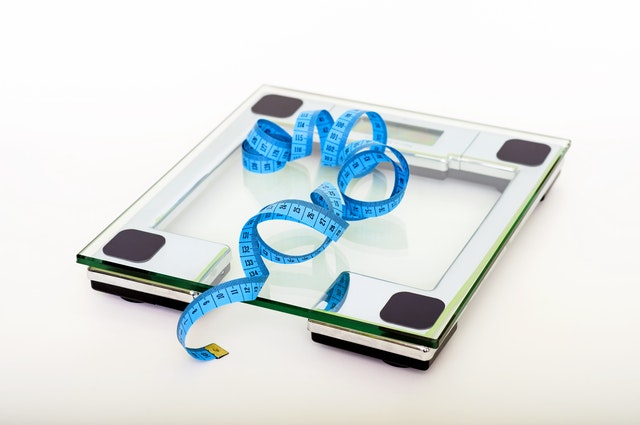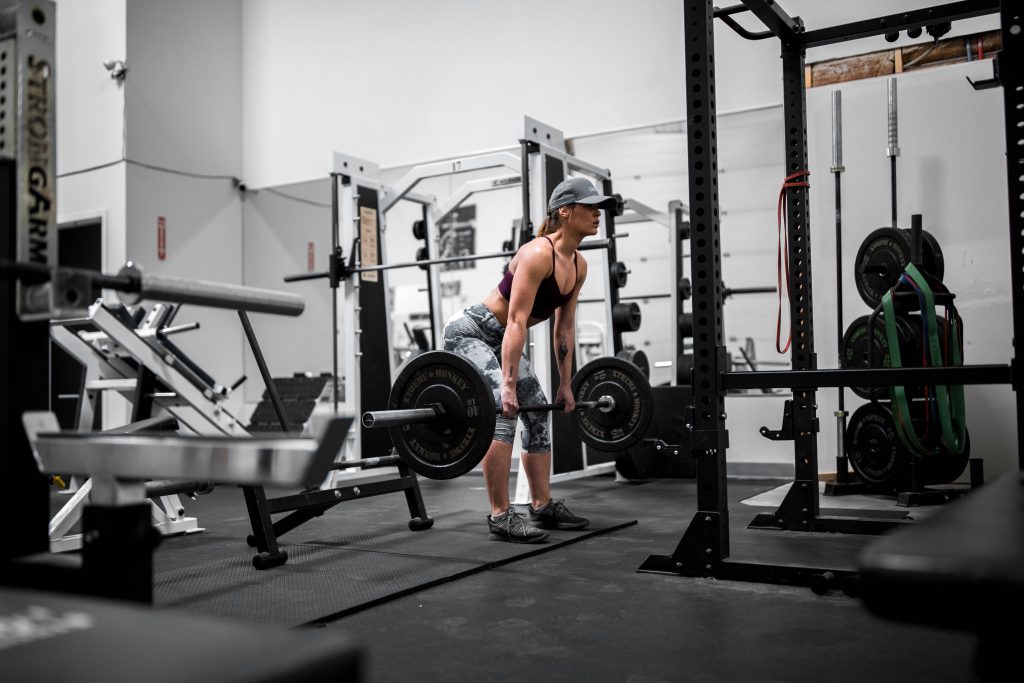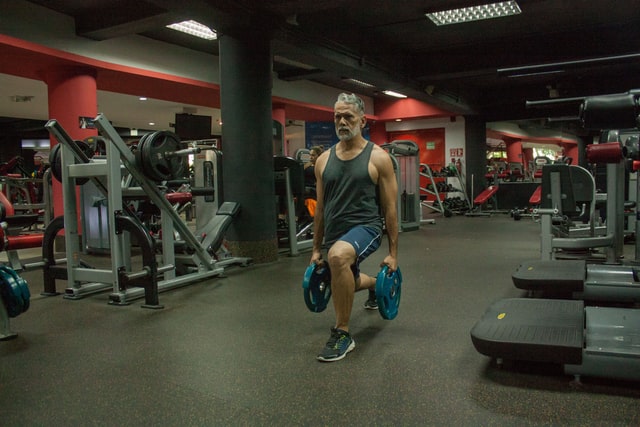My rear foot elevated split squat (RFESS) journey began in September 2018. I read an article on StrengthCoach.com, which is an amazing website for strength coaches by the way, about RFESS. In the article, there was a video of Ben Bruno, a renowned personal trainer, doing RFESS with 305lbs for 6 reps.
He practically squatted 305lbs on one leg.
I thought, “There’s no way I could do that.” Up until that point, the most weight I ever used for RFESS was 75lbs in each hand. Holding 100lb bells scared me let alone split squatting them.
Then, I thought, “What if I at least try? Worse comes to worse, it doesn’t happen.” With this in mind, I made it my goal to rear foot elevated split squat 220lbs for 5 reps on each side. I chose 220lbs because the heaviest dumbbells in the gym were 110lbs.
Seven weeks later, on October 22, 2018, I did it. Not having the video is killing me, but there are other sets below. Don’t want you to think I’m a liar.
The training continued up until the following summer. The gym got busy, my training suffered, and I barely touched the rear foot elevated split squat.
Then, my training ramped up again in the fall. On September 24, 2019, I did 200lbs for 8 reps each side.
The following week, I did 220lbs for 5 reps each side again.
My last heavy set of RFESS was on October 23, 2019 when I did 240lbs for 5 reps each side.
I stopped doing heavy RFESS after this set because I got bored.
After a year of increasing my RFESS, I learned a few things about gaining strength, and I want to share them with you today. Hopefully, they help you accomplish your strength goals too.
Without further ado, here are 3 things you can do to increase your strength, so you can perform better and accomplish something you didn’t think possible.
1. Get Bigger

Newton’s Second Law of Motion states force equals mass times acceleration. In effect, if you increase mass, you increase force.
Within the context of strength training, the bigger you are, the more weight you can lift.
In October 2018, when I hit 220lbs for the first time, I was 165lbs. If I wanted to lift more weight, I had to gain weight.
In May 2019, I set a goal on MyFitnessPal to gain weight, and it suggested a calorie surplus of 3340 calories per day.
If you’ve been in a calorie surplus before, you know how mentally exhausting it can be. There are several days when you don’t want to eat anything, but you push through it because you have a good reason. More on this later.
I gained about 10lbs in a couple months, and my weights in the gym went up.
If you want to lift more weight, eat more food and get bigger.
2. Train Lower Body Every Training Session

Since split squat is a lower body exercise, it pays to have general lower body strength.
There are two lower body movement patterns: (1) knee-dominant and (2) hip-dominant. Knee-dominant exercises are those in which the knee does the majority of the bending (e.g. goblet squat, split squat, single-leg squat). Conversely, hip-dominant exercises are those in which the hip does the majority of the bending (e.g. deadlift, single-leg deadlift, hip lift).
The RFESS is a knee-dominant exercise, so train the knee-dominant pattern as much as possible. Some of the knee-dominant exercises I used to strengthen my lower body are below:
2 Kettlebell Rack Position Squat
2 Kettlebell Rack Position Walking Lunge
Single-Leg Squat
In addition to knee-dominant exercises, you want to do hip-dominant exercises, so you can stay balanced and increase your lower body strength. To clarify, hip-dominant exercises increase your glute strength. Your glutes are the king of your lower body. The stronger your glutes are, the stronger your lower body will be.
Here are a few of the hip-dominant exercises I used to stay balanced and increase my glute strength:
Trap Bar Deadlift
1 Dumbbell Single-Leg Deadlift (SLDL)
1-Leg Bench Hip Lift
3. Measure Your Performance Outside of the Gym

In other words, understand the benefit of increasing your lower body strength. Saying you split squat 240lbs is cool, but how does that strength benefit you outside of the gym?
It’s important you understand the benefit of your strength for motivational purposes. There will be times when training is the last thing you want to do. Having a reason to train will help you push through the days you don’t want to train.
For me, it was golf. Late 2019, when I was lifting heavier and heavier, I was hitting golf balls at an indoor range every weekend. The simulators at the range showed you an estimate of how far you hit the ball. Consequently, the benefit of lifting more weight became hitting the ball farther.
There are plenty of benefits to increasing your strength, but the best benefit is the one that applies to you the most. For example, if you’re a soccer player, the benefit of increased lower body strength is kicking the ball harder, so you can have a more ferocious shot. In another instance, if you’re a construction worker, the benefit of increased lower body strength is being able to lift heavier objects, so you’re more valuable to your team.
Take a second and determine the point behind your strength goals. It could be as tangible as the examples above, or it could be as ambiguous as more confidence or a sense of accomplishment. Whatever grinds your gears, use that as motivation to train.
Conculsion
In summary, it all comes down to a desire to grow. Chasing any goal is a rocky road let alone a strength goal. You have days where you make leaps and bounds. Then, you have days where you’re spinning your wheels. But, that’s part of the process. All you can do is show up, keep showing up, and do the best you can. Eventually, the chips will fall into place, and you’ll accomplish what you want to accomplish.
I hope this article was valuable, and I hope it makes you more confident to achieve your goals. If you need any help, you can apply for 1-on-1 online coaching here.
Also, if you want a FREE fat loss guide that teaches you exactly what you need to do to lose weight and keep it off, download your FREE guide here.

